Conference Management in Kenya
Conference Management in Kenya: Elevate Your Event with Peak Audio
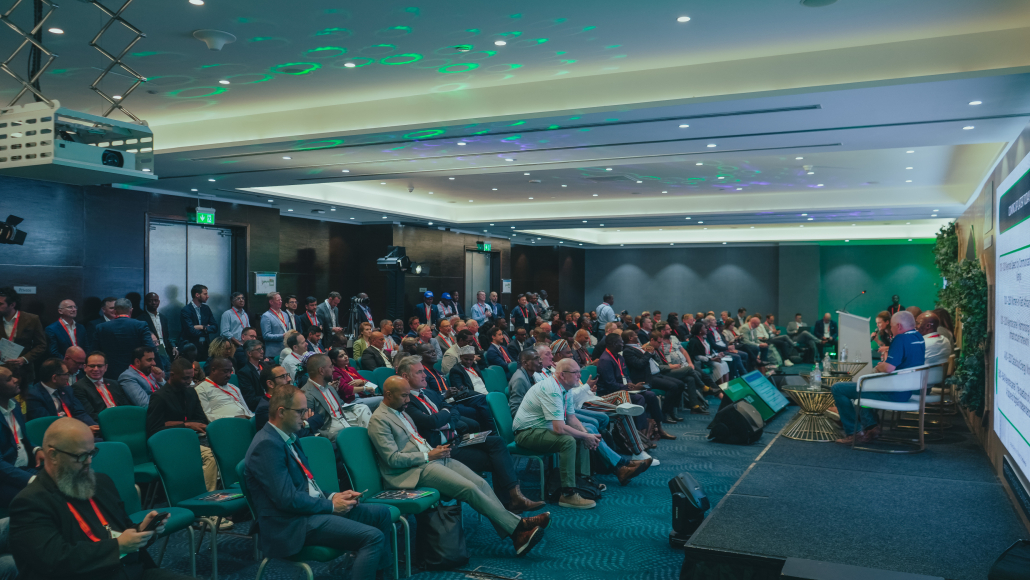
Conference Management in Kenya
Organizing a conference in Kenya is more than just coordinating schedules and booking venues—it’s about creating a memorable experience that educates, inspires, and connects attendees. This article will explore the key aspects of conference management, from strategic planning and logistics to cutting-edge audio-visual solutions, participant engagement strategies, and post-event follow-ups. Whether you’re planning a corporate summit, an industry convention, or an academic symposium, understanding these essentials ensures that your event leaves a lasting impact.
At Peak Audio, we specialize in transforming ordinary gatherings into extraordinary experiences. By integrating state-of-the-art audio-visual technology, seamless production workflows, and expert event coordination, we help organizers deliver flawless conferences that captivate and engage every participant. From the clarity of presentations to immersive sound and visuals, every detail is meticulously handled to elevate your brand and message.
In this guide, you’ll discover practical tips, expert insights, and professional strategies to master conference management in Kenya. Learn how to plan effectively, manage logistics, and leverage technology to create events that impress. With Peak Audio by your side, your next conference won’t just run smoothly—it will set new standards for excellence and leave attendees talking long after the final session.
1. Understanding the Importance of Conference Management

Conference Management in Kenya
Effective conference management is the cornerstone of a successful event. Whether for industry gatherings, corporate summits, or professional forums, careful planning and execution ensure that objectives are met, participants are engaged, and the event reflects the organization’s professionalism.
1.1 Why Effective Planning Determines the Success of Your Conference
-
Structured Workflow: Proper planning ensures all aspects — from venue selection to agenda design — are coordinated, reducing last-minute challenges.
-
Resource Allocation: Efficient management allocates budget, staff, and technical resources optimally, maximizing value without overspending.
-
Risk Mitigation: Anticipating potential issues such as technical failures, scheduling conflicts, or guest logistics ensures the event proceeds smoothly.
Well-structured planning forms the backbone of a seamless and professional conference experience.
1.2 The Impact of Well-Executed Conferences on Brand Credibility and Networking
-
Professional Image: A smoothly run conference demonstrates competence and strengthens corporate credibility.
-
Networking Opportunities: Attendees experience well-organized sessions and breaks that foster meaningful professional connections.
-
Brand Exposure: Effective conference management ensures messaging, sponsorship visibility, and content delivery are executed flawlessly, enhancing brand reputation.
A polished conference leaves a lasting impression and encourages ongoing relationships and collaboration.
1.3 How Professional Management Enhances Engagement and Attendance
-
Audience-Centric Approach: Experts design schedules, session formats, and interactive elements to maintain attendee interest.
-
Seamless AV Integration: Professional management ensures audiovisual systems are perfectly aligned with presentations, speeches, and workshops.
-
Efficient Communication: From invitations to follow-up surveys, proper management keeps attendees informed and engaged throughout the event lifecycle.
Professional oversight translates to higher participation, more interactive sessions, and greater overall satisfaction.
1.4 Common Challenges of DIY Conference Planning — and How Experts Solve Them
-
Coordination Issues: DIY planning often overlooks technical or logistical nuances; experts manage every detail proactively.
-
Time Constraints: Organizers can become overwhelmed; professionals streamline workflows and reduce stress.
-
Quality Compromises: Without expertise, conferences may suffer from poor AV, inadequate facilities, or weak branding. Experts ensure consistent quality, minimizing errors and maximizing impact.
Engaging professionals transforms potentially stressful DIY efforts into a smooth, high-impact event.
Conference management is pivotal for delivering successful, professional, and engaging events. Effective planning, professional oversight, and expert problem-solving enhance brand credibility, attendee satisfaction, and networking opportunities. Companies in Kenya that invest in professional conference management, rather than DIY approaches, enjoy seamless execution, impactful presentations, and lasting impressions that reinforce their reputation and industry standing.
2. Defining the Purpose and Scope of Your Conference
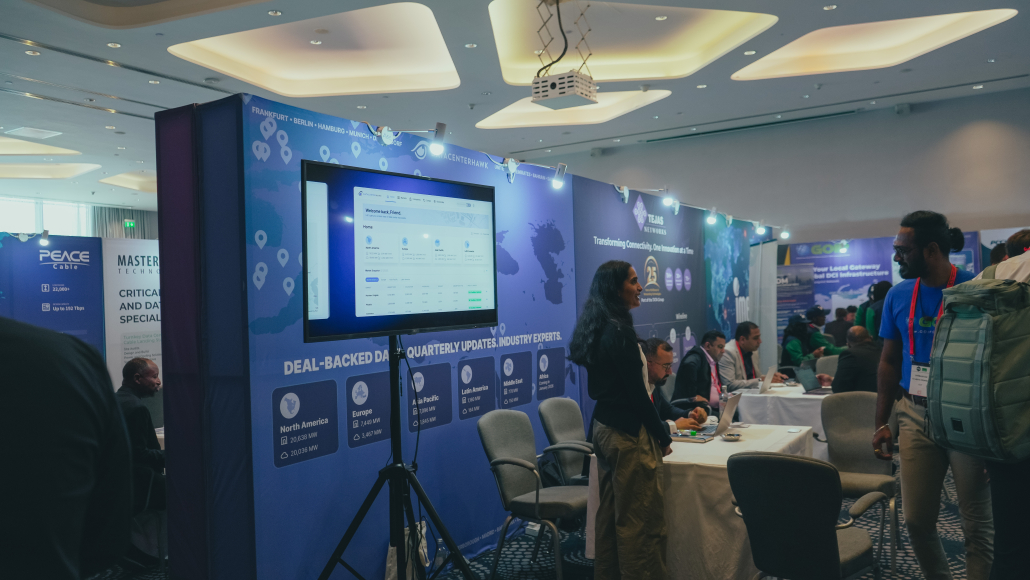
Conference Management in Kenya
Clarifying the purpose and scope of a conference is a crucial step in ensuring it meets its objectives while providing value to attendees. A well-defined focus guides decisions on content, venue, format, and overall execution.
2.1 Identifying Your Conference Goals — Educational, Corporate, or Promotional
-
Educational Goals: Conferences designed to impart knowledge, skills, or training require structured sessions, workshops, and expert speakers.
-
Corporate Goals: Events focused on business strategy, networking, or internal alignment emphasize collaboration, team engagement, and brand messaging.
-
Promotional Goals: Product launches, trade shows, or marketing events require AV-rich presentations, experiential setups, and media coverage.
Clearly defined goals ensure that every element of the conference serves a specific purpose, maximizing impact and ROI.
2.2 Determining the Target Audience and Expected Attendance
-
Audience Profiling: Understanding demographics, professional roles, and interests helps tailor sessions, speakers, and networking opportunities.
-
Attendance Planning: Estimating the number of participants informs venue selection, seating arrangements, catering, and technical requirements.
-
Engagement Strategy: Knowing your audience enables the creation of interactive elements that resonate and encourage participation.
Identifying the target audience ensures that content and logistics are designed to meet attendees’ expectations effectively.
2.3 Aligning Event Format (In-Person, Hybrid, or Virtual) with Objectives
-
In-Person Events: Ideal for hands-on workshops, networking, and immersive experiences where personal interaction is key.
-
Hybrid Events: Combine physical attendance with online participation, expanding reach while maintaining engagement.
-
Virtual Conferences: Cost-effective and scalable, suitable for educational or informational sessions where physical presence is not essential.
Choosing the appropriate format ensures that the conference meets its objectives while catering to the audience’s preferences and accessibility needs.
2.4 How Defining Scope Helps Streamline Logistics, Budgeting, and Promotion
-
Efficient Resource Allocation: Scope clarity informs budget distribution for venues, AV, catering, and marketing.
-
Logistical Planning: Understanding scale and complexity helps plan scheduling, technical setups, and staffing requirements.
-
Targeted Promotion: Clearly defined scope allows focused marketing campaigns to reach the intended audience effectively.
A well-defined scope prevents misaligned decisions, reduces waste, and ensures a smooth execution that meets both organizer and attendee expectations.
Defining the purpose and scope of your conference is essential for focused planning, effective resource management, and audience satisfaction. By identifying goals, understanding the target audience, selecting the right format, and clearly outlining the event’s scope, companies in Kenya can deliver conferences that are impactful, well-organized, and aligned with strategic objectives. A clear scope lays the foundation for a professional, seamless, and memorable conference experience.
3. Choosing the Right Conference Venue in Kenya
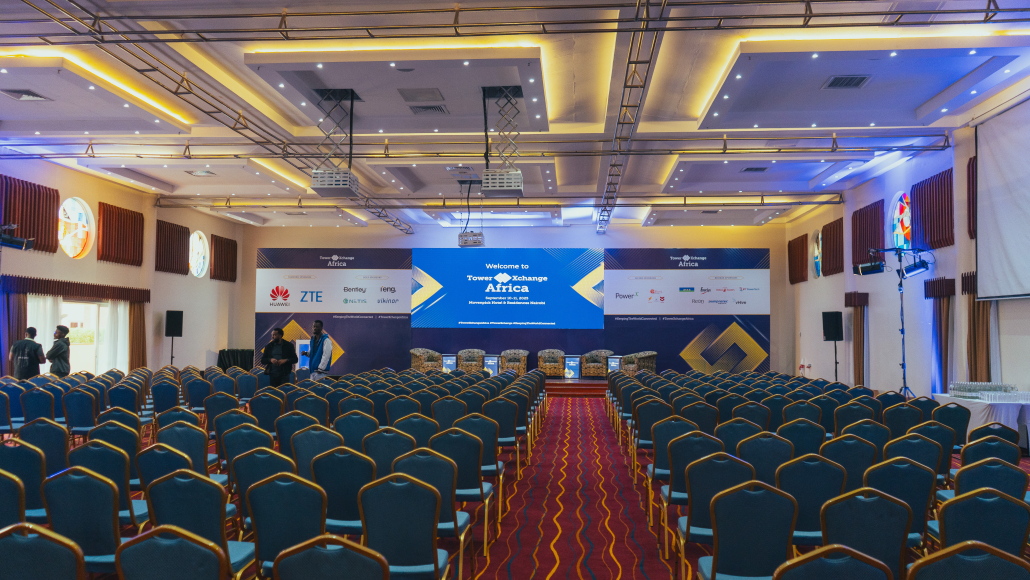
Conference Management in Kenya
Selecting the ideal venue is a critical step in conference planning. The venue sets the tone for the event, influences attendee comfort, and determines the technical possibilities for presentations, networking, and engagement.
3.1 Key Venue Considerations: Location, Accessibility, and Capacity
-
Location: Choose a venue that is easy to find and convenient for attendees, preferably near airports, hotels, or public transport hubs.
-
Accessibility: Ensure the venue accommodates participants with disabilities and offers ample parking, shuttle services, or other transport options.
-
Capacity: Accurately estimate attendance to select a space that is neither overcrowded nor too sparse, ensuring comfort and optimal interaction.
Proper consideration of these factors guarantees that attendees arrive stress-free and feel comfortable throughout the event.
3.2 Top Conference Venues in Kenya — From Nairobi to Mombasa and Naivasha
-
Nairobi: Popular choices include Sarit Expo Centre, Safari Park Hotel, Radisson Blu, and Villa Rosa Kempinski — all offering modern facilities and AV compatibility.
-
Naivasha: Lakeside resorts and garden venues provide serene backdrops, ideal for hybrid or intimate conferences.
-
Mombasa & Coastal Areas: Beachfront venues and luxury hotels like Serena Beach Hotel offer tropical, inspiring settings for corporate gatherings.
Selecting a renowned venue enhances the professional image of your conference and provides a memorable experience for attendees.
3.3 The Importance of Reliable AV Infrastructure and Acoustics
-
AV Readiness: Ensure the venue has integrated sound systems, screens, lighting, and stable internet connectivity for presentations and streaming.
-
Acoustics: Check that sound travels evenly throughout the room without echo or distortion, crucial for speeches, panels, and interactive sessions.
-
Flexibility: Look for spaces that allow easy adjustment of stage layouts, seating, and technical equipment.
Reliable AV infrastructure and good acoustics prevent technical disruptions, ensuring a seamless conference experience.
3.4 Conducting Pre-Event Site Inspections for Layout and Technical Suitability
-
Layout Review: Assess seating arrangements, stage positioning, and breakout areas for networking or workshops.
-
Technical Assessment: Test existing AV equipment, internet bandwidth, and lighting capabilities.
-
Contingency Planning: Identify potential obstacles like power limitations, restricted access points, or environmental factors.
Site inspections allow organizers to anticipate challenges, optimize space usage, and finalize technical requirements before the event day.
Choosing the right conference venue in Kenya involves more than aesthetics — it requires careful evaluation of location, accessibility, capacity, and technical capabilities. By selecting a venue with reliable AV infrastructure, excellent acoustics, and conducting thorough pre-event inspections, organizers ensure that conferences run smoothly, attendees remain engaged, and the event achieves its objectives. A well-chosen venue lays the foundation for a professional, impactful, and memorable conference.
4. Budgeting and Financial Planning for Conferences

Conference Management in Kenya
Effective budgeting is essential for delivering a professional, high-quality conference while avoiding overspending. By understanding core expenses and applying strategic planning, organizers in Kenya can maximize value and create memorable events.
4.1 Core Expense Areas: Venue, Catering, Décor, AV Setup, and Logistics
-
Venue: Costs depend on location, size, amenities, and reputation. Premium venues may include in-house AV, seating, and catering services.
-
Catering: Menu planning for coffee breaks, lunch, and dinner can vary widely based on number of attendees and service style (buffet, plated, or cocktail).
-
Décor: Expenses include stage design, table settings, banners, and branding elements to create a professional and cohesive environment.
-
AV Setup: Includes sound systems, projectors, LED screens, lighting, and technical support — essential for presentations and audience engagement.
-
Logistics: Transportation, signage, staffing, and security add to the overall budget and ensure smooth conference flow.
By itemizing all core areas, organizers gain clarity on potential costs and prevent unexpected expenses.
4.2 Creating a Clear and Adaptable Conference Budget
-
Initial Planning: Estimate costs for each category based on expected attendance and event scope.
-
Contingency Allocation: Set aside 10–15% of the budget for unforeseen expenses such as equipment rentals, last-minute catering adjustments, or AV troubleshooting.
-
Regular Review: Continuously monitor expenses against the budget and make adjustments as needed to maintain financial control.
A clear, adaptable budget ensures organizers stay on track without sacrificing quality or attendee experience.
4.3 Cost-Saving Strategies Without Compromising Quality
-
Venue Negotiation: Secure discounts for early bookings or off-peak dates.
-
Package Deals: Opt for bundled services including AV, catering, and décor to reduce separate vendor costs.
-
Local Resources: Use local suppliers, decorations, and talent to minimize shipping and rental fees.
-
Hybrid Solutions: Combine in-person and virtual attendance to reduce venue and catering costs for larger audiences.
Strategic cost-saving approaches allow conferences to remain professional, engaging, and within budget.
4.4 How Peak Audio Provides Affordable, Transparent AV and Event Packages
-
Tailored Packages: Peak Audio offers AV solutions customized to conference size, venue, and technical requirements.
-
Transparent Pricing: Clear breakdowns of equipment, labor, and support fees help organizers plan accurately.
-
Scalable Solutions: Options for small meetings, medium-sized workshops, or large-scale conferences ensure cost-effectiveness.
-
Professional Support: Inclusive setup, testing, and on-site technical assistance prevent costly mistakes or last-minute emergencies.
Partnering with a reliable AV provider like Peak Audio ensures that quality is maintained without exceeding the budget.
Budgeting and financial planning are the backbone of a successful conference. By understanding core expenses, creating a flexible budget, implementing cost-saving strategies, and leveraging professional AV packages from providers like Peak Audio, organizers in Kenya can deliver impactful events that balance professionalism, attendee experience, and fiscal responsibility. A well-planned budget ensures smooth execution and maximizes the value of every shilling spent.
5. Structuring the Conference Program
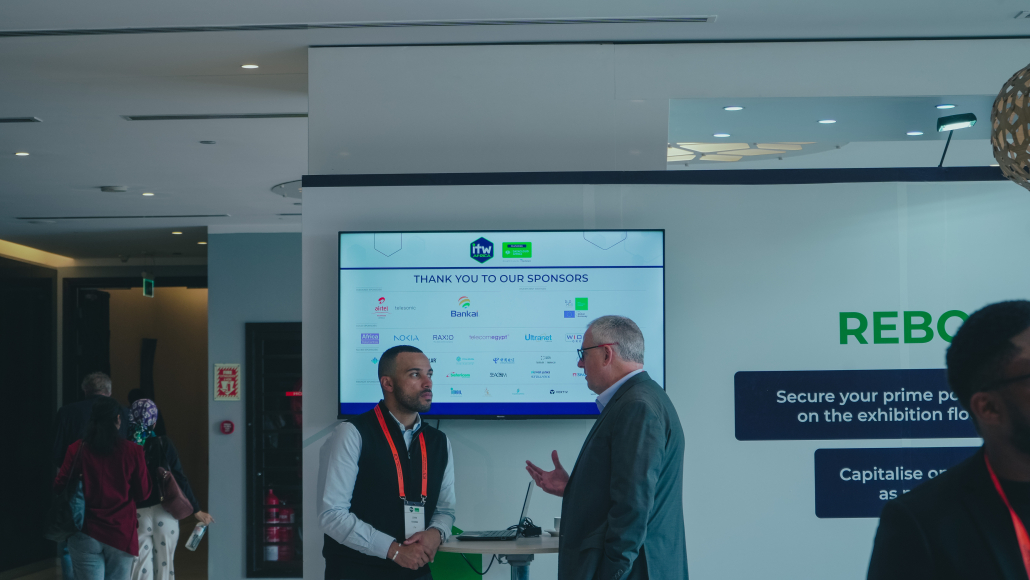
Conference Management in Kenya
A well-structured conference program is crucial for maintaining attendee engagement, ensuring smooth transitions between sessions, and maximizing the value of the event. Thoughtful scheduling keeps participants attentive, encourages networking, and delivers a professional experience.
5.1 Designing a Well-Balanced Schedule That Maintains Engagement
-
Time Allocation: Balance longer keynote speeches with shorter, interactive sessions to prevent fatigue.
-
Session Variety: Mix educational talks, panel discussions, and case studies to cater to different learning styles.
-
Breaks: Incorporate regular coffee or refreshment breaks to give attendees time to network, relax, and process information.
A balanced schedule ensures participants remain energized and receptive throughout the conference.
5.2 Integrating Keynote Sessions, Workshops, and Networking Breaks
-
Keynotes: Feature prominent industry leaders to set the tone and provide expert insights.
-
Workshops: Hands-on or interactive sessions allow attendees to apply concepts and engage directly with content.
-
Networking Breaks: Structured networking times encourage meaningful connections and collaborative discussions.
Strategically integrating these elements creates a seamless flow that maximizes both learning and interaction.
5.3 Managing Speaker Lineups, Moderators, and Session Timing
-
Speaker Coordination: Ensure speakers are briefed on content, timing, and technical requirements to maintain consistency.
-
Moderators: Employ skilled moderators to guide panels, field audience questions, and keep sessions on schedule.
-
Timing Management: Allocate time buffers for unexpected delays, transitions, or audience participation.
Effective management of speakers and session timing prevents disruptions and reinforces a professional, well-organized image.
5.4 Why a Well-Planned Program Enhances Participation and Audience Retention
-
Engagement: Diverse session formats keep attendees interested and attentive.
-
Retention: Clear objectives, structured flow, and interactive content help participants absorb key takeaways.
-
Networking Opportunities: Thoughtful scheduling of breaks and social segments fosters meaningful connections.
A well-planned program not only elevates the conference experience but also strengthens the perceived value of the event for all stakeholders.
Structuring the conference program thoughtfully is a strategic step toward achieving attendee engagement, knowledge retention, and networking success. By balancing session types, managing speakers and timing, and integrating breaks and interactive segments, organizers can deliver a professional, impactful, and memorable event. A meticulously planned schedule ensures that every moment of the conference contributes to its overall goals and leaves participants satisfied and inspired.
6. The Role of Audio Visual (AV) Solutions in Conferences
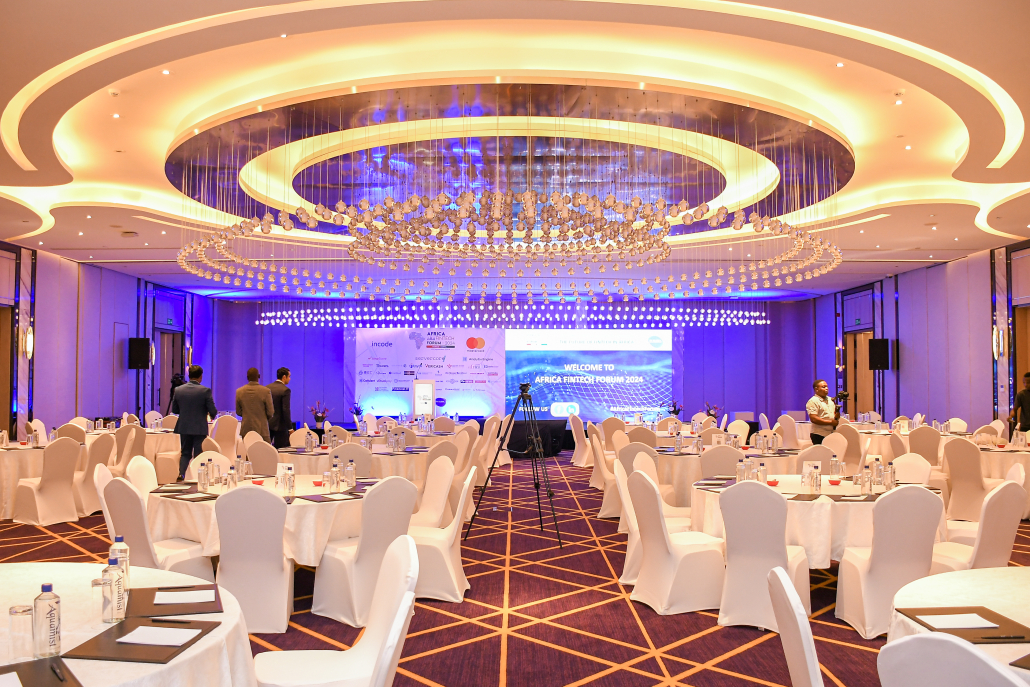
Conference Management in Kenya
Professional AV solutions are a cornerstone of successful conferences. They ensure that presentations are clear, speakers are heard, and visual content is impactful, creating a polished and engaging experience for all attendees.
6.1 The Importance of Professional Sound, Lighting, and Visuals
-
Sound: Clear audio ensures that all participants, whether in the front or back of the room, can hear speeches, discussions, and presentations without strain. Poor sound can frustrate attendees and undermine the event’s professionalism.
-
Lighting: Proper lighting enhances visibility, highlights speakers and displays, and creates a welcoming, professional atmosphere. It also helps photographers and videographers capture high-quality content.
-
Visuals: Projectors, LED screens, and other display systems convey information effectively, support branding, and keep participants engaged throughout the event.
A well-coordinated combination of sound, lighting, and visuals elevates the overall conference experience.
6.2 Key AV Components: Microphones, LED Screens, Projectors, and Mixing Systems
-
Microphones: Tabletop, handheld, and wireless microphones provide clarity for speeches, panel discussions, and audience questions.
-
LED Screens & Projectors: High-resolution displays ensure that slides, videos, and live feeds are visible to all attendees, regardless of seating position.
-
Mixing Systems & Audio Processors: Balance multiple sound sources, eliminate feedback, and maintain consistent audio quality across the venue.
-
Lighting Controls: Dimmable and programmable lights allow adjustments to match session types, speaker preferences, and mood settings.
Choosing the right components and integrating them effectively is critical for professional delivery.
6.3 How Great AV Setups Enhance Presentations and Audience Focus
-
Clarity & Engagement: Attendees can focus on the content rather than struggling to hear or see presentations.
-
Seamless Flow: Synchronized AV ensures smooth transitions between sessions, reducing downtime and maintaining energy.
-
Brand Reinforcement: Branded visuals, coordinated lighting, and crisp sound help reinforce the conference’s theme and corporate identity.
-
Interactive Experience: AV tools can support live polls, Q&A sessions, and hybrid participation, making the conference more dynamic and participatory.
A great AV setup directly influences the quality of communication and attendee satisfaction.
6.4 How Peak Audio Ensures Seamless, Customized AV Experiences for Conferences
-
Tailored Solutions: Peak Audio assesses venue size, conference format, and content requirements to design a custom AV plan.
-
Professional Installation: Equipment is installed, tested, and calibrated to provide optimal performance throughout the event.
-
On-Site Support: Technicians manage all AV operations in real-time, addressing any issues immediately to prevent disruptions.
-
Scalability: Solutions are flexible, supporting small workshops, mid-sized meetings, and large conferences with multiple breakout rooms.
Partnering with a professional AV provider like Peak Audio guarantees a polished, reliable, and engaging conference experience.
Audio Visual solutions are not just technical tools—they are essential for delivering a professional, impactful conference. From clear sound and strategic lighting to dynamic visual displays, effective AV enhances communication, focus, and audience engagement. With expert planning and execution by providers like Peak Audio, conferences in Kenya can achieve seamless presentations, stronger brand reinforcement, and an overall elevated experience that leaves attendees impressed and informed.
7. Leveraging Technology and Modern Trends in Conferences

Conference Management in Kenya
Modern conferences increasingly rely on technology to enhance participation, engagement, and sustainability. By integrating innovative tools and trends, organizers in Kenya can deliver professional, interactive, and forward-thinking events.
7.1 Hybrid Conferencing: Combining Physical and Virtual Participation
-
Broader Reach: Hybrid conferences allow attendees from different locations to join without travel, expanding audience size and inclusivity.
-
Flexibility: Participants can choose to attend in-person or online, accommodating schedules and preferences.
-
Seamless Integration: Professional AV systems ensure smooth streaming, clear audio, and synchronized presentations between virtual and physical attendees.
-
Data Collection & Analytics: Online participation enables tracking engagement, session attendance, and feedback for post-event insights.
Hybrid setups provide a modern solution to meet evolving corporate and educational needs.
7.2 Incorporating Live Streaming and Digital Engagement Platforms
-
Real-Time Access: Live streaming allows remote attendees to view sessions as they happen, increasing accessibility.
-
Interactive Features: Digital platforms can include Q&A, live polls, and chat rooms for active participation.
-
On-Demand Viewing: Recorded sessions can be shared after the event for extended reach and knowledge retention.
-
Brand Visibility: Live streaming amplifies your company’s presence, reaching a wider professional audience online.
Integrating streaming ensures that your conference leaves a lasting impression beyond the venue.
7.3 Using Event Apps and Audience Interaction Tools
-
Networking Opportunities: Event apps help attendees connect, schedule meetings, and share contacts easily.
-
Session Management: Participants can customize schedules, receive reminders, and access session materials.
-
Interactive Engagement: Live polls, quizzes, and feedback forms enhance audience involvement and satisfaction.
-
Sponsor & Partner Integration: Digital platforms provide space for sponsors, exhibitors, and partners to interact with attendees efficiently.
Interactive tools transform a passive conference experience into an engaging, participatory one.
7.4 Kenya’s Shift Toward Tech-Driven, Eco-Friendly Conference Solutions
-
Sustainable Practices: Digital materials reduce paper waste, and energy-efficient AV equipment minimizes environmental impact.
-
Smart Venue Integration: Modern venues in Nairobi, Mombasa, and Naivasha now support advanced AV infrastructure, making technology adoption seamless.
-
Innovative Trends: Kenya’s corporate and academic sectors increasingly prioritize tech-enabled, environmentally conscious events to align with global standards.
-
Enhanced ROI: Technology-driven solutions improve attendee satisfaction, operational efficiency, and long-term event value.
Tech-forward, sustainable approaches are shaping the future of professional conferences in Kenya.
Leveraging modern technology in conferences is no longer optional — it is essential for creating engaging, inclusive, and environmentally responsible events. From hybrid setups and live streaming to interactive apps and eco-conscious practices, these tools ensure maximum participation, seamless communication, and lasting impact. By embracing tech-driven trends, organizers in Kenya can elevate their conferences to meet international standards while enhancing both audience experience and brand reputation.
8. FAQs on Conference Management in Kenya
Planning a successful conference requires careful preparation, reliable AV solutions, and expert guidance. Below are answers to the most common questions asked by organizers in Kenya:
8.1 How early should I start planning a conference?
-
Recommended Timeline: Begin planning at least three to six months before your conference date.
-
Reasoning: Early planning ensures that you can secure preferred venues, book AV and technical partners, coordinate catering, and finalize speakers.
-
Additional Tip: Larger conferences may require longer lead times due to complex logistics and international attendees.
8.2 What’s the average cost of organizing a conference in Kenya?
-
Cost Range: Depending on size and scale, costs typically range from Ksh 200,000 for small gatherings to several million for large-scale, multi-day conferences.
-
Factors Affecting Cost: Venue choice, catering, AV requirements, décor, guest accommodations, and promotional activities.
-
Budget Strategy: Allocate sufficient funds for professional AV support, as high-quality sound, lighting, and visuals significantly enhance attendee experience.
8.3 Can Peak Audio manage both technical and event production aspects?
-
Comprehensive Services: Yes. Peak Audio offers end-to-end event solutions, including:
-
Sound system setup for clarity and coverage
-
Lighting design for ambiance and branding
-
Stage setup and visual displays (LED walls, projectors)
-
Live streaming and hybrid conferencing support
-
-
Benefit: This integrated approach reduces coordination challenges and ensures consistent event quality.
8.4 What are the best conference venues in Nairobi?
-
Top Choices:
-
KICC: Iconic venue with large halls and advanced AV infrastructure.
-
Safari Park Hotel: Versatile event spaces with professional technical support.
-
Radisson Blu & Sarit Expo Centre: Modern facilities suitable for corporate and hybrid conferences.
-
Windsor Golf Hotel & Country Club: Ideal for smaller or mid-sized conferences with scenic surroundings.
-
-
Considerations: Always check accessibility, capacity, technical compatibility, and on-site support before booking.
8.5 Do small or mid-sized conferences need AV support?
-
Importance: Absolutely. Even conferences with 50–200 attendees benefit from:
-
Professional sound for clear communication
-
Visual displays for presentations and branding
-
Lighting to enhance ambiance and focus
-
-
Outcome: Proper AV elevates professionalism and ensures all participants can fully engage with the content.
8.6 Can I host a hybrid or virtual conference in Kenya?
-
Hybrid Solutions: Peak Audio provides setups for combined in-person and online participation.
-
Capabilities Include:
-
Live streaming with HD video and audio
-
Interactive digital screens for remote engagement
-
Seamless integration of virtual attendees into live sessions
-
-
Benefit: Expands your audience reach, accommodates remote participants, and maintains engagement.
8.7 How do I ensure smooth coordination on the event day?
-
Professional Support: Hire experienced event managers and AV technicians.
-
Key Roles:
-
Oversee timing of sessions and speaker transitions
-
Monitor audio, visual, and lighting systems
-
Troubleshoot technical issues in real-time
-
-
Best Practice: Conduct rehearsals and pre-event checks to minimize surprises and ensure seamless execution.
Effective conference management in Kenya combines careful planning, budget control, venue selection, and professional AV support. Whether hosting small corporate meetings, large-scale industry events, or hybrid conferences, expert guidance ensures clarity, engagement, and a professional experience. By leveraging Peak Audio’s comprehensive services, organizers can deliver impactful conferences that enhance brand credibility, facilitate networking, and leave a lasting impression on attendees.
Elevate Your Conferences with Peak Audio: Expert AV and Event Solutions in Kenya
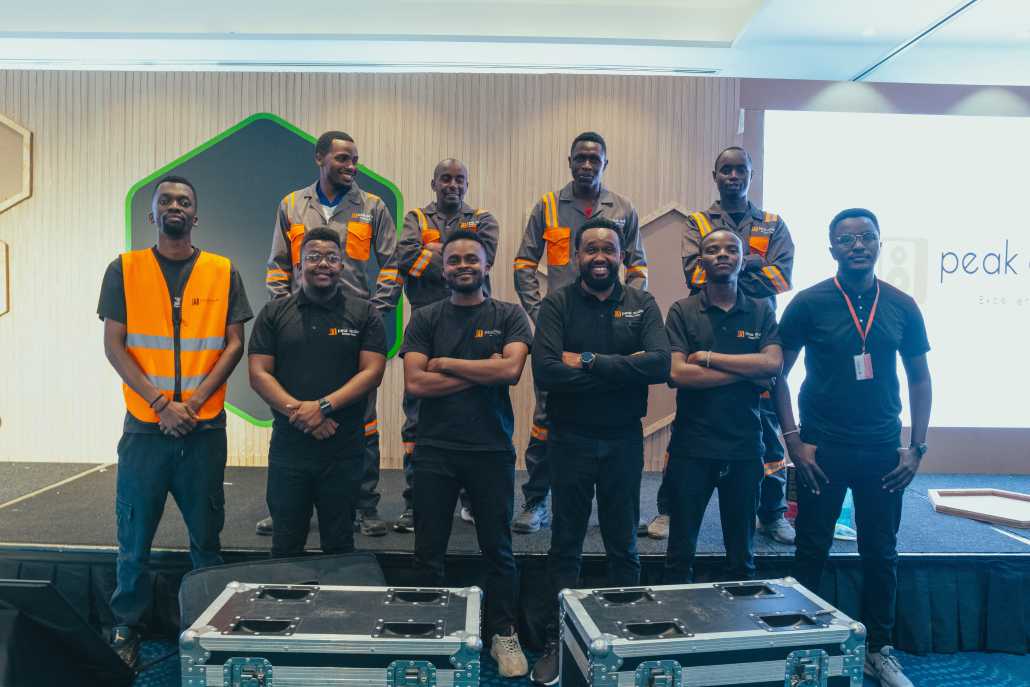
Conference Management in Kenya
Conference management in Kenya is more than just booking a venue and arranging speakers — it requires strategic planning, meticulous attention to detail, and technical excellence. Every aspect, from audio clarity to visual displays and lighting ambiance, contributes to the overall success of your event. Whether you are organizing an intimate seminar or a large-scale international convention, ensuring seamless coordination, precise timing, and immersive engagement is essential to leaving a lasting impression on attendees.
With Peak Audio’s expertise, your conferences benefit from state-of-the-art sound systems, advanced lighting solutions, and comprehensive event production support. Our team ensures that presentations are delivered with crystal-clear audio, captivating visuals, and perfectly synchronized lighting, creating a professional atmosphere that reinforces your brand image. By integrating modern AV technology and interactive solutions, we make sure every session resonates with your audience, encouraging participation, networking, and meaningful engagement.
From initial planning to final execution, Peak Audio brings creativity, precision, and reliability to every stage of your event. Our professional services cover technical setup, rehearsal coordination, live troubleshooting, and post-event support, allowing organizers to focus on content and attendee experience. With our tailored solutions, your conference in Kenya will not only run smoothly but also achieve measurable impact, turning your vision into a flawlessly managed and memorable event.
Leave a Reply
Want to join the discussion?Feel free to contribute!